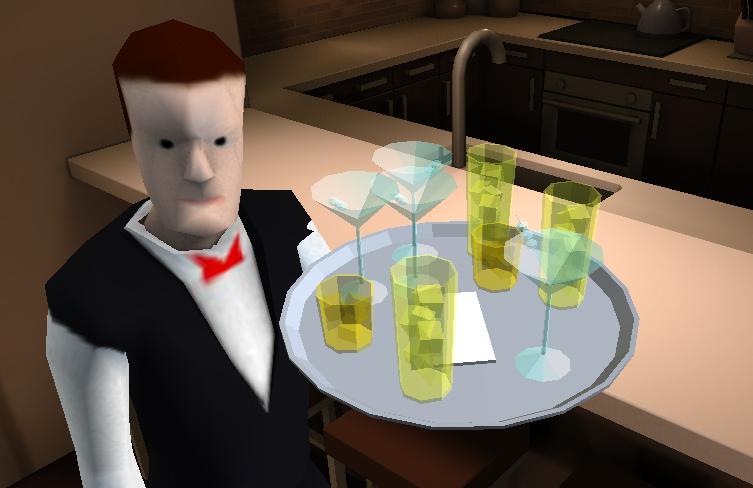
Fluorescence and blue dye were measured as yes or no, and not quantitated. A lymph node with any one of the dyes present was considered a sentinel node, and was resected.

Each sentinel node was assessed for the presence of each dye. Similar to laparoscopy, the surgeon can watch the image and operate at the same time. The camera of the SPY machine is positioned over the basin, with the image projected onto a monitor. Once incision was made, the basin was periodically imaged with SPY, or dissection was carried out with real time lymphangiography until the sentinel node was identified. The ICG and MB were injected into the dermis separately, after induction of anesthesia and prior to prepping the patient.Įach lymph node basin was examined with the gamma probe and imaged with the SPY Elite (Novadaq) prior to making skin incision, with assessment of the visibility of ICG through the skin (yes or no). Up to 1ml of MB was injected, and 0.9ml ICG (2.5 mg/ml). We utilized methylene blue dye for all subjects due to poor availability of isosulfan blue for a period of time, and to maintain consistency in the trial. All subjects had injection of tech99 and lymphangiography prior to surgery, and injection of indocyanine green (ICG) and methylene blue dye (MB) in the operating room. All subjects had T1b or greater melanoma, and met current National Comprehensive Cancer Network (NCCN) guidelines for sentinel node biopsy. ICG is poorly visualized through muscle, and there seems to be high background uptake in the parotid gland both of these features limit the utility of ICG and fluorescence imaging. Patients with head and neck melanoma were excluded from this study based on our pilot experience. Patients with melanoma of the trunk or extremities were prospectively enrolled in this trial. Condition or diseaseĭrug: Indocyanine green Drug: Technetium99 Drug: Methylene blue

Our hypothesis is that indocyanine green (ICG) and real time lymphangiography is equivalent to technetium99 and methylene blue in identifying sentinel nodes (SLN) in patients with melanoma. We are investigating a new method of finding sentinel nodes that uses a green dye that has an infrared signal. While the rates of localization overall are excellent, these methods each have drawbacks. For the last 15 years or so, the standard method of SLN localization includes both tech99 and blue dye.

Technetium99, a radioactive protein, was added later and provides the ability to image the patient and identify relevant lymph node basins. Sentinel node biopsy was first developed using only a blue dye. As with other cancers, the status of the sentinel node provides important prognostic information to the patient and physician. The initial treatment for most people with melanoma involves wide excision of the skin and sentinel node biopsy.


 0 kommentar(er)
0 kommentar(er)
